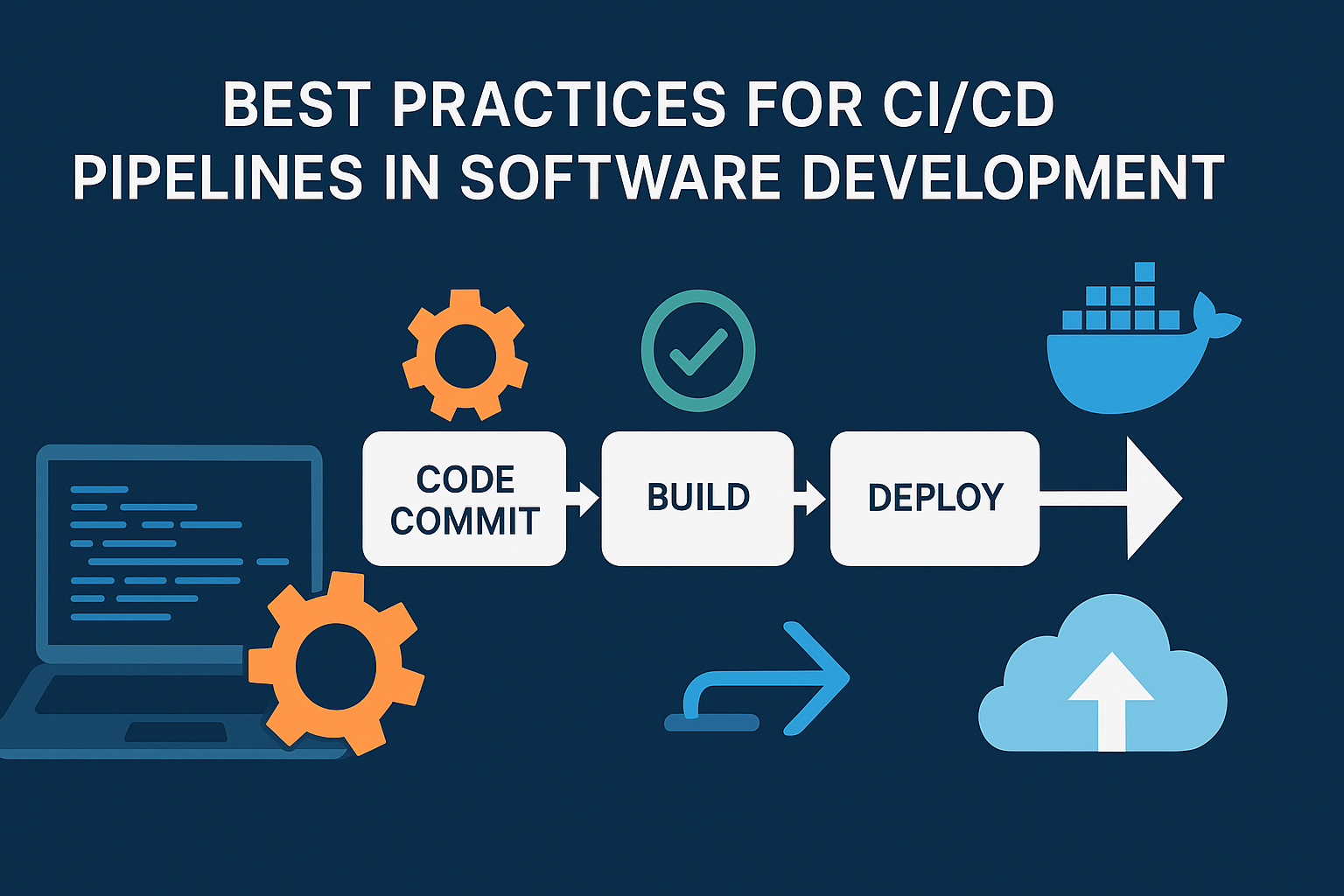Continuous Integration and Continuous Deployment (CI/CD) pipelines are crucial for modern software development. They facilitate faster releases, enhance code quality, and improve team collaboration. Implementing an effective CI/CD pipeline can significantly boost productivity and software reliability.
Here are some best practices to enhance your CI/CD workflow, including how containerization with Docker can further optimize your pipeline:
- Automate Processes:
Automate tasks from code commits to deployment to minimize manual intervention and reduce errors. Utilize automation tools like GitHub Actions, Jenkins, GitLab CI/CD, or CircleCI.
- Maintain Consistent Codebase:
Use version control systems (e.g., Git) and coding standards. Implement branching strategies, code reviews via pull requests, and linting/static analysis.
- Implement Thorough Testing:
Employ various testing layers: unit, integration, end-to-end, security, and performance. Automate test execution to identify issues early.
- Utilize Docker for Consistency:
Docker standardizes build, test, and deployment environments, reducing environment inconsistencies and simplifying scaling with container orchestration (e.g., Kubernetes). Use Docker Compose for local testing.
- Secure Your Pipeline:
Use secrets management tools, implement role-based access control, regularly scan for vulnerabilities, and enforce artifact signing and verification.
- Optimize Performance:
Improve pipeline speed by caching dependencies, using parallel and incremental builds, and deploying only necessary components with feature flags or canary releases.
- Monitor and Log:
Use monitoring tools (e.g., Prometheus, Grafana, Datadog) to track performance. Implement centralized logging with tools like ELK Stack or Fluentd.
- Implement Rollback Mechanisms:
Ensure rollback strategies are in place (e.g., Blue-Green Deployments, Rolling Deployments, automated rollbacks) to manage deployment failures.
An effective CI/CD pipeline accelerates development, improves software quality, and enhances collaboration. Following these best practices, especially with Docker integration, can help build robust and scalable pipelines.
For assistance with CI/CD implementation, click now.

 +91-9413748809
+91-9413748809
 Talk to Us
on Skype
Talk to Us
on Skype Send
Us an
Email
Send
Us an
Email
